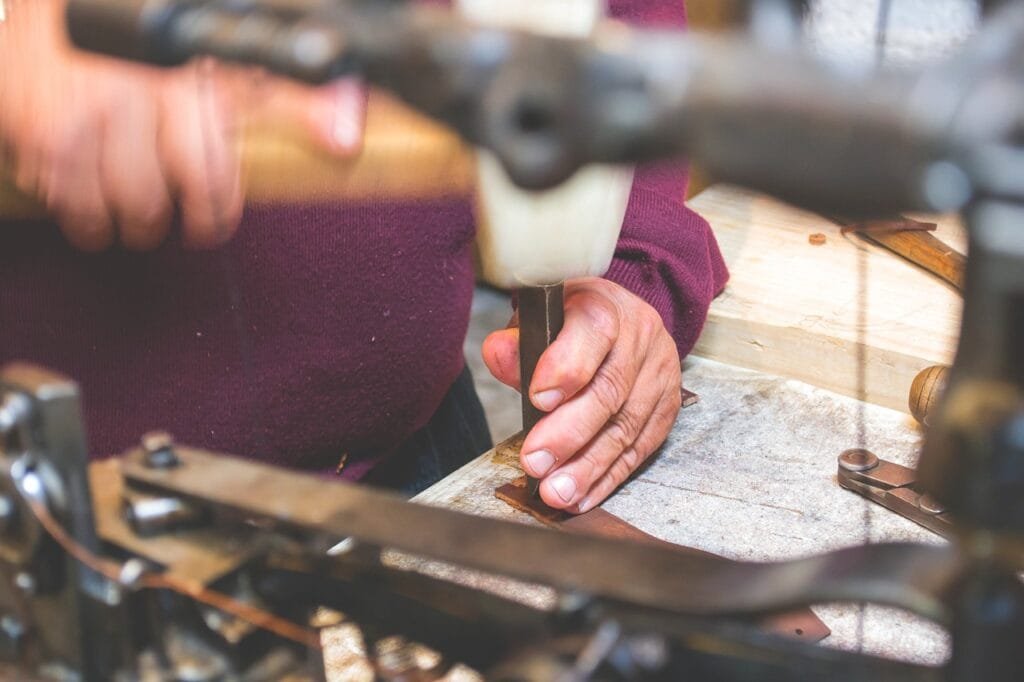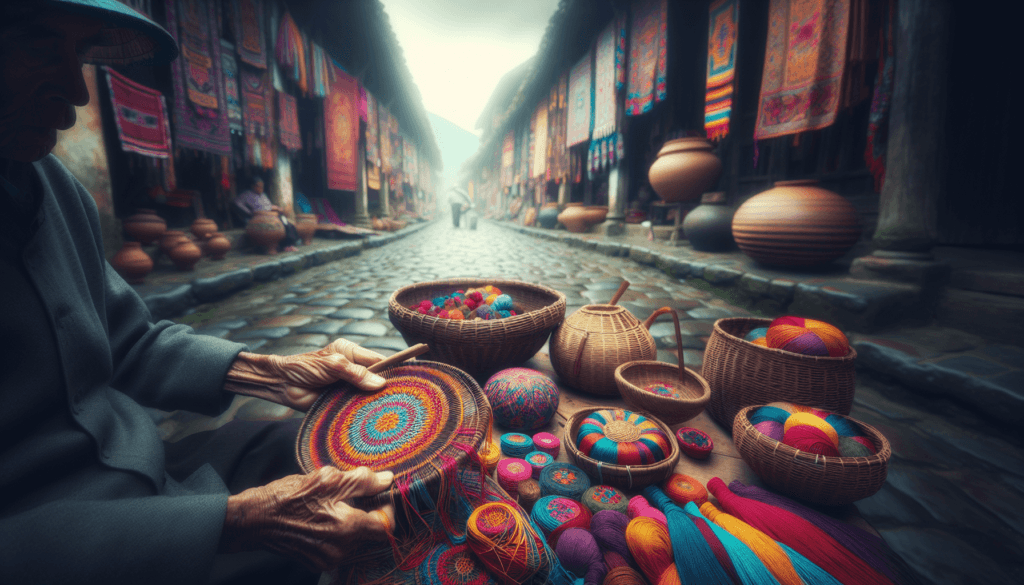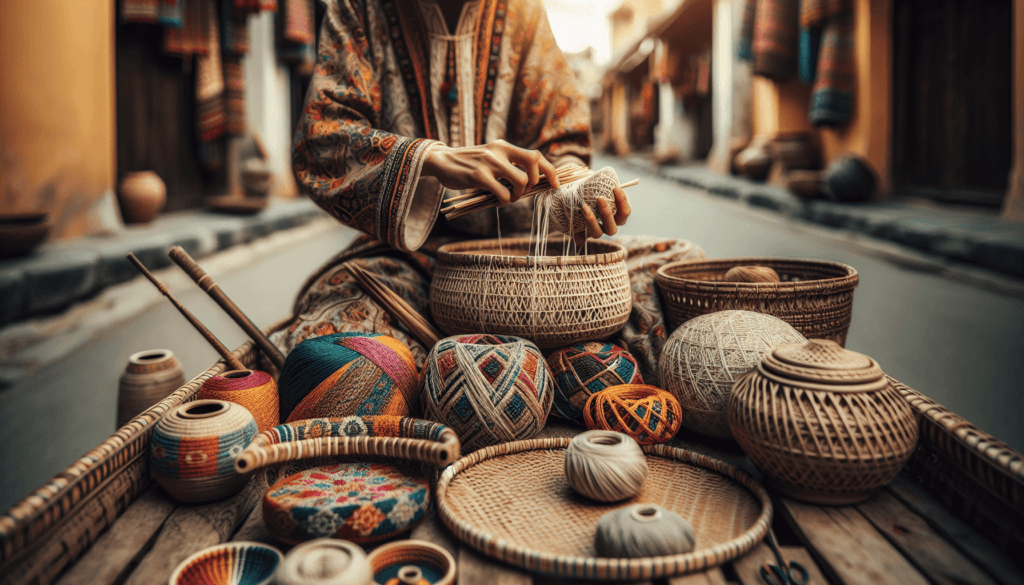What does it take to preserve the rich tapestry of traditional crafts in a world increasingly dominated by mass production? The charming town of Hoi An in Vietnam serves as a vivid backdrop for exploring this pressing issue. Hoi An is not only known for its exquisite scenery but also for its unique and diverse traditional crafts that have shaped the culture of the region for centuries.
The preservation of traditional crafts in Hoi An is both a cultural necessity and a practical concern. The richness of these crafts reflects a deep-seated heritage that is worth safeguarding for future generations. This article seeks to shed light on the significance of traditional crafts, historical context, current trends, and potential future directions, all while engaging readers in the discussion of preserving such an invaluable part of Vietnamese culture.
Table of Contents
Historical Context
The origins of traditional crafts in Hoi An can be traced back to its establishment as a trading port in the 15th century. Merchants from various nations, including Japan, China, and Portugal, converged in Hoi An, imbuing the town with a distinctive blend of cultural influences. Crafts such as pottery, textiles, lantern-making, and wood carving flourished during this time, each art form showcasing the skills and creativity of local artisans.
The rich historical backdrop laid the foundation for generations of craftsmen and women, who continued to pass down their techniques and artistry through apprenticeship. This exchange of knowledge and skills became crucial, as it ensured that specific methods remained unchanged while adapting to the evolving tastes of both domestic and international markets. The craftsmanship not only served functional purposes but also became symbolic representations of Hoi An’s cultural identity.
Current Trends
In recent years, there has been a notable resurgence in interest surrounding traditional crafts in Hoi An. This revival can be attributed to several factors, including the increasing influx of tourism, the rise of the eco-friendly movement, and a growing appreciation for authentic, handmade products. The local government and various organizations have recognized the significance of these crafts as vital components of Hoi An’s cultural heritage and economic development.
Several initiatives have emerged to support and promote traditional craftsmanship in the area. For instance, workshops have been established where artisans can showcase their skills and engage visitors in the crafting process. This initiative serves a dual purpose: it revitalizes interest in traditional crafts while offering artisans a sustainable income. Furthermore, policies aimed at increasing awareness of the historical importance of these crafts have also gained traction.

This image is property of pixabay.com.
Key Concepts and Definitions
Understanding the importance of traditional crafts requires familiarity with several key concepts:
- Artisan: A skilled craftsperson who specializes in creating handmade goods.
- Craftsmanship: The quality and characteristic of skilled work, often resulting in unique, high-quality products.
- Cultural Heritage: The legacy of physical artifacts, intangible attributes, and beliefs that shape a community’s identity.
The intersection of these concepts is crucial to grasping the broader context of Hoi An’s traditional crafts. They are not mere products; they embody the community’s essence and history.
Breaking It Down
When exploring the preservation of traditional crafts in Hoi An, several subtopics emerge for analysis:
Lantern-Making: As an iconic craft, the delicate artistry of lantern-making is synonymous with Hoi An. These handcrafted lanterns, made from silk and bamboo, serve as aesthetic enhancements and are embedded in local culture.
Textile Weaving: The tradition of weaving textiles, particularly silk, has ancient roots in Hoi An. The intricate patterns and vibrant colors tell stories that span generations.
Pottery: Faience ceramics, unique to Hoi An, illustrate a long history of pottery that reflects both practicality and artistry.
Wood Carving: The skillful integration of wood carving into architectural features and everyday objects showcases the versatility and creativity of local artisans.
By unpacking these subtopics, readers can gain a richer understanding of the craftsmanship’s relevance and significance within the historical and cultural landscape of Hoi An.

This image is property of pixabay.com.
Example 1: Lantern Workshops
A noteworthy example of revitalizing traditional crafts is the lantern-making workshops held across Hoi An. In these interactive sessions, both locals and tourists are invited to participate in crafting their lanterns under the guidance of seasoned artisans. According to a report by the Hoi An Center for Cultural Heritage Management and Preservation, the lantern business has seen a growth of about 30% annually since the inception of these workshops, highlighting the immense interest in local craftsmanship.
The artisans share their techniques, historical narratives, and personal anecdotes, thereby enriching participants’ experiences. This not only preserves the art form but also fosters appreciation for its cultural significance. The renewed interest translates into a sustainable economic model, which benefits local artisans while offering visitors a memorable, participatory experience.
Example 2: The Revival of Silk Weaving
Silk weaving in Hoi An serves as another compelling case study demonstrating the preservation of traditional crafts. Despite the popularity of synthetic textiles, local silk weavers have embraced contemporary designs while adhering to traditional methods. Many have adopted eco-friendly practices and natural dyes, appealing to a new generation of environmentally-conscious consumers.
The Hoi An Silk Village, dedicated to showcasing the intricacies of silk weaving, attracts significant attention from both local and international visitors. Data from the Vietnam National Silk Association indicates that the village has revitalized interest in silk weaving, resulting in a 50% increase in handmade silk sales within the last three years.
This revival exemplifies how artisans balance tradition with innovation, adapting to market demands without compromising their craft’s authenticity. The story of silk weaving in Hoi An illustrates the seamless interconnection between heritage and contemporary consumerism.

This image is property of pixabay.com.
Comparing Different Points of View
While the push for preserving traditional crafts in Hoi An enjoys broad support, various perspectives exist concerning the methods and implications of this preservation effort. Below is a comparison of differing viewpoints:
| Perspective | Pros | Cons |
|---|---|---|
| Support for Tourism | Economic benefits, job creation, cultural exchange | Potential over-commercialization and loss of authenticity |
| Emphasis on Eco-friendly Practices | Environmentally sustainable, appeal to modern consumers | May neglect traditional methods that are not eco-friendly |
| Government Intervention | Strategic support, policy-making for preservation | Bureaucratic challenges, dependency on external funding |
| Community Involvement | Grassroots support, empowerment of local artisans | Risk of excluding voices outside the artisan community |
| Integration of Technology | Enhanced production efficiency, broader outreach | May lead to decreased craftsmanship quality |
Each of these perspectives has implications for Hoi An’s traditional crafts and their future. The balance between growth and preservation remains delicate, requiring ongoing dialogue and collaboration among all stakeholders, including artisans, government agencies, and the community.
Impact Assessment
The various perspectives on preserving traditional crafts result in a complex landscape in Hoi An. Each stance carries distinct implications for cultural identity, economic sustainability, and social cohesion.
For instance, the prioritization of tourism can lead to remarkable economic opportunities for artisans but simultaneously risks diluting the authenticity of their products. An official study by the Institute of Cultural Heritage and Arts Management indicates that while tourism has improved revenue for local artisans by an average of 40%, concerns around over-commercialization persist, with many visitors feeling that the true essence of Hoi An is being lost.
Conversely, initiatives focusing on community involvement and eco-friendly practices may bolster authentic craftsmanship and ensure the longevity of traditions. However, these approaches may require more investment and time to yield satisfactory economic results. Therefore, the intricate interplay of cultural preservation and economic sustainability remains a central theme in the conversation about traditional crafts in Hoi An.

Future Directions and Implications
When considering the future of traditional crafts in Hoi An, several well-founded predictions can be made regarding trends and developments. As global consumer preferences shift toward sustainability and authenticity, traditional crafts are likely to experience renewed interest. The rise of platforms that emphasize ethical consumerism is anticipated to create new markets for artisans, providing them with the opportunity to reach a broader audience.
Moreover, educational programs focusing on apprenticeship and skill transfer for younger generations may become increasingly vital. Fostering a new generation of artisans ensures that craftsmanship not only survives but flourishes. Collaborations between local artisans and contemporary designers may also pave the way for innovative products that retain traditional elements.
Implications
Preserving the traditional crafts of Hoi An carries significant implications not only for the artisans but also for the cultural identity of Vietnam as a whole. These crafts serve as a conduit for transmitting cultural heritage, fostering community pride, and reinforcing social ties.
The implications extend beyond mere preservation; they encompass economic viability, environmental sustainability, and enhanced community cohesion. The paradigm of supporting traditional crafts encourages societies to value local knowledge and skills, ensuring that unique cultural narratives endure in a rapidly changing world.
In conclusion, the journey of preserving traditional crafts in Hoi An, Vietnam, encapsulates a broader dialogue about cultural identity, economic sustainability, and social responsibility. The intersection of these elements challenges individuals to contemplate the contributions their lifestyles make toward sustaining cultural heritage.

Summary
To summarize, the preservation of Hoi An’s traditional crafts is vital in upholding cultural identity and fostering economic resilience. The interplay between tourism, local engagement, and sustainable practices will shape the trajectory of these crafts in the years to come. As this narrative unfolds, it presents an opportunity for communities to reflect on the implications of their choices and the stories they wish to tell through their crafts.
Final Thoughts
Reflecting on the intricacies of traditional crafts in Hoi An raises essential questions about the balance between tradition and modernity. As one contemplates the environmental, economic, and cultural stakes involved, what thoughts arise about the delicate fabric of artisan life in today’s world? With the future of these crafts resting on collective consciousness, it becomes imperative that every stakeholder plays a role in their preservation.
References
- Hoi An Center for Cultural Heritage Management and Preservation
- Vietnam National Silk Association
- Institute of Cultural Heritage and Arts Management
Hoi An – towards a creative city: Preserving the “living space” of crafts
Capella Hanoi: A Timeless Haven of Elegance and Art-Deco Glamour in Vietnam
